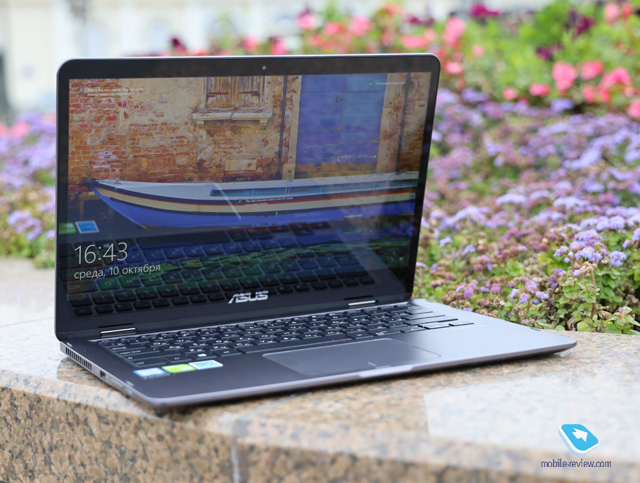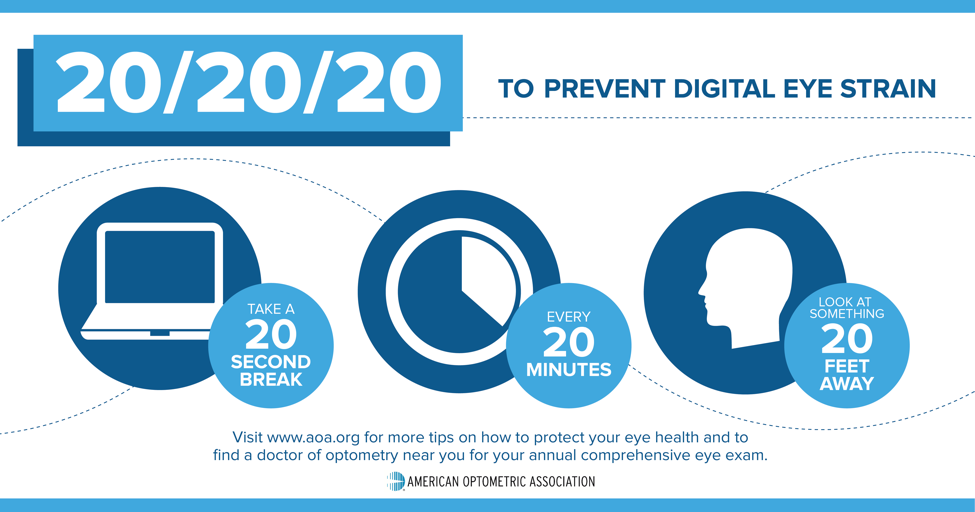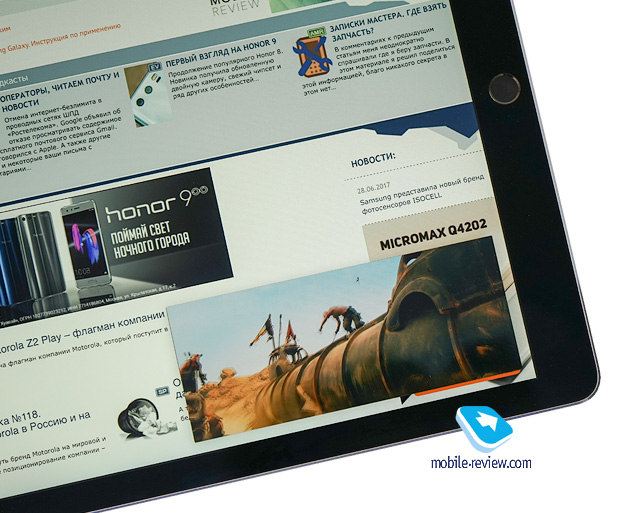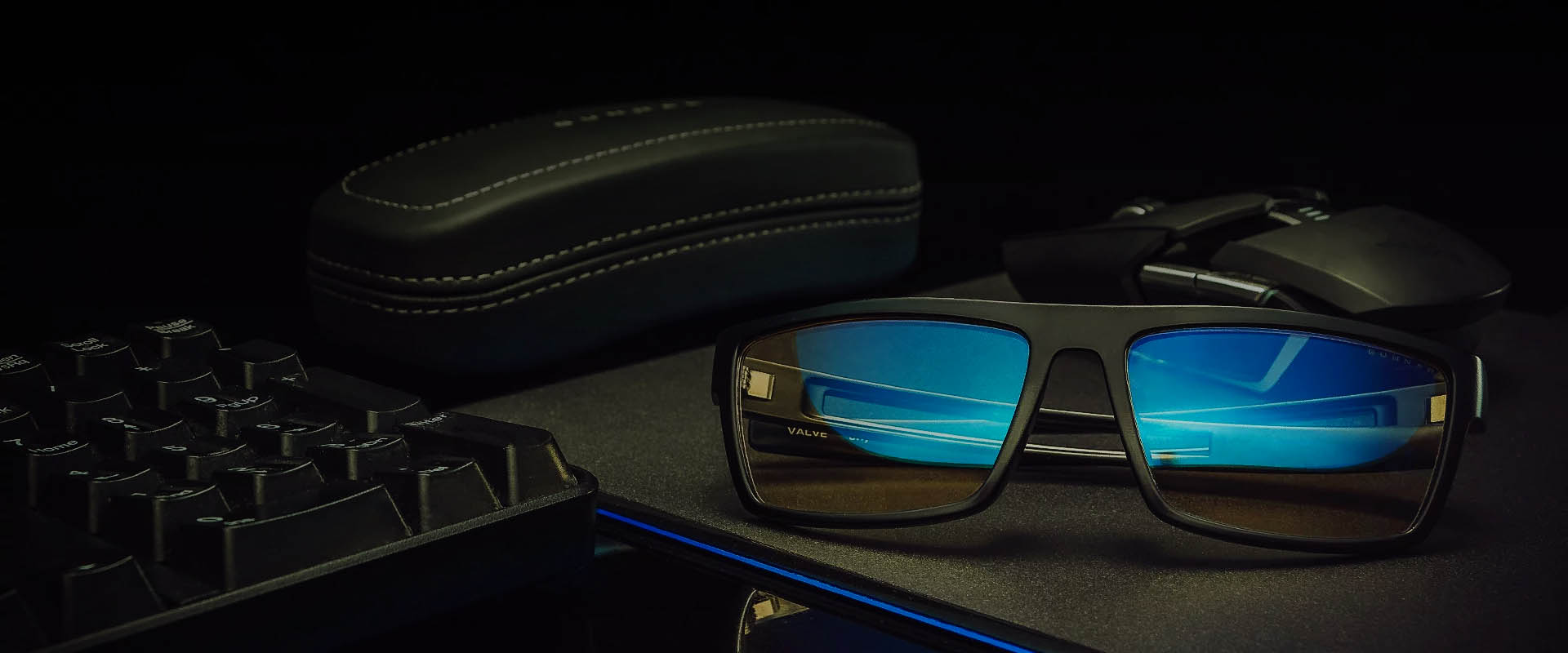Answers to basic questions about vision and electronic displays, as well as debunking some of the myths.

Displays are everywhere now. You need to call – turn on your smartphone. Write a letter – you open your laptop. Find out the time – you look at a smart watch. Withdraw money – go to the ATM. Advances in technology have forced almost all professions to include computers in their work. Therefore, the time that people spend with their eyes on the screen is gradually increasing.
I spend most of the day at the computer, often because of this, my eyes start to hurt. Therefore, the question arose for me – how does such a lifestyle affect vision and how to avoid or minimize the negative impact. I have nothing to do with medicine and ophthalmology, so I had to turn to specialists for information – the text contains links to all sources.
I want to warn you right away that in this text you will not find a way to improve the quality of vision and, moreover, treat diseases. If there is something wrong with your eyes, go to the doctor. I just studied the recommendations of doctors and research results, and now I share this knowledge with others.
Is the computer screen harmful?
It is impossible to answer unequivocally, because time plays an important role in this issue. It doesn't work so that you just looked at your laptop or phone for one hour and your eyesight has deteriorated by 0.001%. The harm arises from constant and continuous use of the screen, which causes eye strain. This is due to the fact that with such work, a person blinks less often and is defective, and after that dryness and fatigue appear. A similar effect can be not only from the screen, but also from reading a book or even if you just stare at the wall for a long time.
Eye fatigue is often described as having sand poured into the eyes. This feeling does not mean that vision deteriorates, so the body lets you know that a person is doing something wrong.
It turns out that the screen itself does not harm a person, vision can deteriorate from a continuous gaze at the same object. The question then becomes how often to take breaks. Experts have long developed a simple 20-20-20 rule. This means that every 20 minutes, you need to look at an object 20 feet (6 meters) away from you for 20 seconds.

The Rule of Twenty is given by many experts and the media in their articles, but it has some nuances. There is information that this rule was invented by Dr. Jeffie Anshel from San Diego back in 1991. He needed to come up with simple instructions for workers so that they could work without sacrificing productivity and without discomfort to the eyes. However, there is still no study that would confirm the effectiveness of such prevention. On the other hand, experts have no other recommendations.
It is not necessary to strictly monitor the time and take breaks every 20 minutes, it is better to monitor your feelings. The main thing is to always keep in mind the idea that you need to periodically be distracted from work, get up, stretch out and look, for example, at a window or any other object at a distance from you. You can, for example, hang a wall clock in front of you and constantly try to keep track of the time.
To this action, you can add a slow controlled blinking so that the eyelid completely covers the eye. If you start to consciously take breaks, then it will itself grow into a habit. But it's always best to minimize your computer screen time.
The American Academy of Ophthalmology has several additional guidelines for eye protection:
- When working, it is advisable to sit at arm's length from the screen;
- It's better to look at the screen from top to bottom;
- Screens with a matte screen are always better than glossy ones, because glare causes additional irritation to the eyes. You can use special matte films or get rid of glare light sources;
- The brightness of the monitor should adjust to the ambient light – the darker the room, the lower the backlight level should be. At night, a desk lamp will not be superfluous near the desktop.
- Don't be afraid to use simple eye drops to relieve tension. Additionally, a humidifier can be installed in the room.
The same recommendations work for long-term reading of books, watching TV, playing games and the like.
Does display resolution affect?
Experts cannot give an exact answer, because this issue has not been sufficiently studied. Although it seems obvious that the higher the display resolution, the clearer the fonts and interface, which means less eye fatigue. So far there have been no full-fledged studies that have confirmed or refuted such a statement.

But there is a specific advice when buying a monitor or computer to take into account the size of the display – it is always better to take more. And after the purchase, pay attention to the interface elements. There are no specific recommendations, you need to rely on your feelings. If your eyes get tired quickly while working at a computer, then try increasing the scaling of the interface in the system a little.
There is also advice to give up thin fonts. On the Internet, you can find entire studies that determine the most comfortable fonts for reading – this is also a large field for experimentation. For example, I always change the weight and font size on my 'Kindle' if I start reading in the dark with backlighting.
If you have to work a lot with text on your computer and you can't always take breaks, choosing a comfortable font can help save your eyes.
Is blue light harmful?
There is a big deception associated with this. You've probably heard that the blue light of the screen somehow affects the eyes, and therefore all modern operating systems have a protection mode that removes blue light and makes the image warmer. The speculators take advantage of this and sell special glasses for the computer with a blue light filter.

Experts are confident that blue light does not affect the quality of vision in any way. But it affects the so-called circadian rhythms, or, more simply, our internal clock. The fact is that the main source of blue light is the sun, the eye sees it and sends a signal to the body that it is day now and there is no need to sleep. Smartphone and laptop also emit blue light, so when a person looks at the screen at night, the body can get confused, it will be difficult to fall asleep. It is for this reason that there is a function everywhere that automatically, on a schedule, makes the screen warm towards evening and until the morning.
It is pointless to buy computer glasses separately, but turning on the night mode will be useful.
This is where the eye care tips end. By following these simple recommendations, you can make your life more comfortable, because eye fatigue prevents you from working normally and enjoying it.
